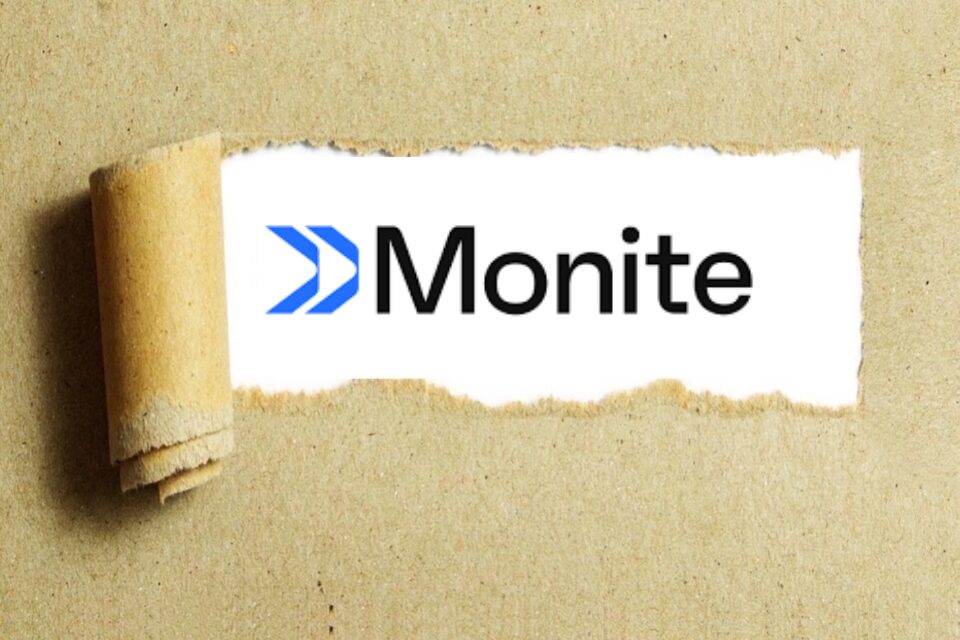In the summer, Forrester Research released a report concluding that neobanks’ mobile apps lag decisively behind incumbents on user experience and functionality. The report says the banking world’s supposed dinosaurs are, in fact, pulling ahead of fintechs in mobile banking.
When it comes to building out new functionality, many neobanks are still adopting ‘build’ rather than the ‘buy’ strategies that are more appropriate to incumbents. Incumbents have had longer to think about and develop their mobile offerings and, especially at a time when VC funding is getting tighter, have deeper pockets.
Embedded finance, an increasingly popular ‘buy’ option, leverages APIs to incorporate functionality into apps and websites quickly and seamlessly. It prevents compromises on branding and UI, and leaves the platform owner in full control of the UX and the user data. With just API integration to worry about, embedded finance is much faster and less risky than the build option.

When it comes to app functionality, the most successful digital-native fintechs, like Revolut and Square, are already engaged in a headlong rush to become ‘super apps’, where end-users can carry out any transaction or service they are likely to need. Any neobank that is not pursuing a super app strategy, with embedded APIs as the fastest, lowest-risk option to get there, is putting its long term survival at risk.
Ivan Maryasin is co-founder and CEO of Monite, an embedded finance startup automating back-office accounting for SMEs. A natural entrepreneur, Maryasin began his first marketing consultancy at age 16 and co-founded Monite after witnessing first-hand the pain points that SMEs are facing with finances.
What has been the traditional company response to financial technology innovations nationally? And how has this changed over the past few years?
Monite was founded in response to two long-term trends that are in full-scale transition right now. The first is the move from the traditional ‘build’ development model towards a ‘buy’ model. When fintech first emerged, there were no existing models, templates or platforms to start from. Everything was new and had to be built from scratch. It was exciting, but also slow, expensive and risky. That’s no longer true. As-a-service software and infrastructure, and API-based embedded finance tools are now as good as — or better than — anything you are likely to develop yourself. They are also so much cheaper and quicker, that the transition to the buy model is a no-brainer.
The second trend is the move to greater functionality. Neobanks and other fintech startup service providers naturally focused initially on a single ‘north star’ offering to create their core audience and brand identity. As you can see with Revolut and Square, for example, the emphasis now is on broadening out the offering to become ‘super apps’ Having gained the trust of their users in one area, they are busy leveraging that confidence to encourage adoption of new functionalities.
Is there anything that has created a culture of change inside the company?
Absolutely. We came upon a way to help customers — like B2B platforms, marketplaces, neobanks, and vertical SaaS providers — buy high-end finance automation features to offer to their customers and embed them into their existing offerings quickly and economically, en route to becoming super apps.
It happened by accident. We were working on an API product, deploying something called infrastructure as code in AWS. This is where you automate the configuration of low-level infrastructure components like databases, load balancers and cloud services in code, rather than handling each thing separately and manually. We also realised we could take the same approach for financial components and high level business logic.
“With Monite, customers can specify and automate any process”
We specialise in the finance automation stack for businesses, which has been in the stone age until recently. Businesses have had to use different specialised, oftentimes clunky software to get the basic finance processing done, like invoicing, Accounts Payable, expenses, pre-accounting, and cashflow analytics.
By innovating with infrastructure as code in this stack, we have created universal business logic components that can be deployed in different data centres, in different countries around the world. Instead of developing their own software functionality, our customers can just write scripts that are executed by our servers, and those scripts adjust the behaviour of business logic components on our side.
What fintech ideas have been implemented?
One of the aspects that I find exciting about what Monite is doing with embedded finance is that we are shifting the focus away from features and putting it on workflows and jobs to be done. So the old way of talking about these things is that we would offer a customer a payments API for their website. Now we talk to customers about building a cash-to-order workflow: how do they currently do it, and how can we help them automate it?
Let me give you an example. Larger SMBs are likely to have different approval policies and workflows related to different invoices. So, if they have an invoice coming from the marketing department, and it’s less than €500, it gets paid straight away. But if an invoice is for more than €500, it has to be approved by the head of marketing and if it’s for more than €10,000, by the CFO.
So, there is a workflow that has to be applied to invoices. With Monite, customers can specify and automate any process: they want access to an invoicing engine, the data should be stored in Germany, say, stored for five years. Each incoming bill of more than €10 000 should be approved by the CFO and everything that is below €100 can be paid automatically. So they create scenarios like this and then our service executes them automatically.
What benefits have these brought?
The alternatives to Monite are to build in-house or to buy white label. In-house means redeploying an existing team from whatever it is currently doing, or hiring a team from scratch. It’s a six to nine month project for a well-financed company, versus three to four weeks with Monite.
With in-house you also run the risk that the end product is mediocre, whereas with Monite you can see what you are going to get before you start, covering dozens of potential applications, including upselling factoring, loans, invoice financing, for example, right in the relevant workflow.
White label is really suboptimal. It involves taking a third party interface and adding your logo. It’s not embedded, so it does not conform to your UX or branding — other than the logo.
Embedded finance means that the end customer gets exactly what they want, exactly where they want it. Customers that use these various platforms, whether it’s a scheduling app for barbershops or a business account with a neobank, all have different needs. Embedded systems means that we can address all of these needs on an individual basis. We are enabling these platforms to offer an entirely new value-add for their customers.
Do you see any other industry challenges on the horizon? Can these challenges be aided by fintech?
Yes, if we focus on the area of the market where we operate — the SMB finance stack — then the march of digitalisation means the target audience is going to have access to more and more sector-specific offerings of all kinds. I’m not just thinking of fintech offerings here, but the wider array of digital platforms aiming to satisfy that market.
Obviously the SMB space is not monolithic — it breaks down into myriad sub-sectors. The challenge and the opportunity for fintechs is going to be to show relevance to these sub-sectors. We see Monite’s embedded finance helping here in a couple of ways. First, it enables organisations that already have a footprint and credibility in a specific space — but no fintech capability — to offer finance automation tools to their customers and users, practically immediately. Alternatively, it enables fintechs with no established domain expertise or reputation to develop offerings highly tailored to the needs of one or many target segments.
Final thoughts…
We are, in many ways, at the very beginning of this embedded finance revolution. Let’s take, for example, financial documents and processes: we’ve still got so many people working with PDFs and email, and this is a manual nightmare. There’s so much time that could be saved. E-invoicing is available in some markets, but it’s in a very early stage even today.
I imagine a future where many of these tasks that people need to spend time on today will be fully eliminated because of automation. And this is a good thing! People want to be decision makers, they want to be involved in specific business actions. These manual chores can and should be swept away so we can focus on more important tasks.
Fintech right now is a bit like trying to get around London. If you want to get from one area to another, sometimes you have to take a walk, then a bus, then the tube… you’re buying paper tickets with coins, waiting for connections. Or you can just pay a lot and take a taxi directly. We have a vision of a business future where people are taking that direct route, and it’s cheap and easy.




